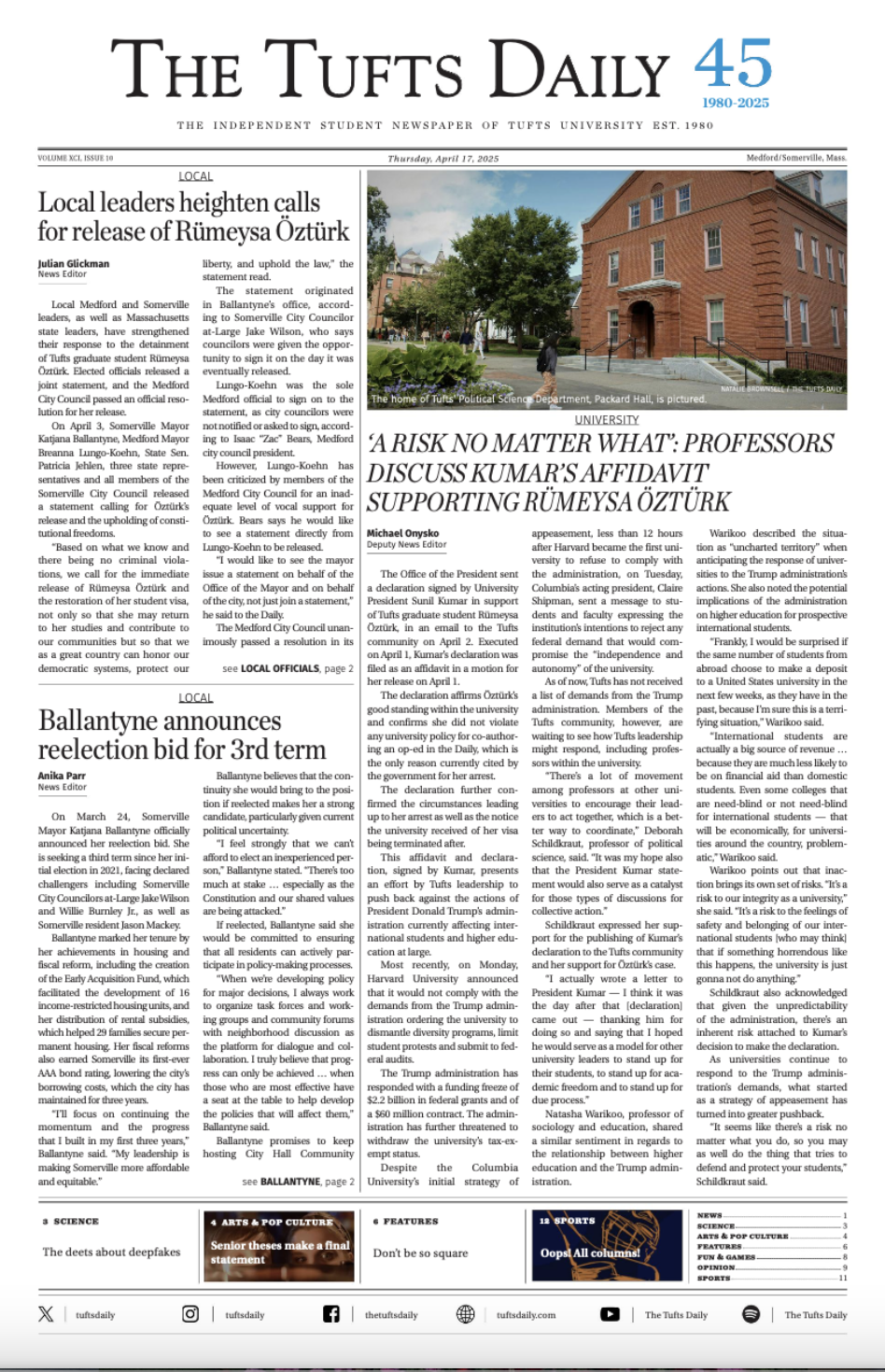I wrote a column about the cult of Apple nearly three years ago. It was a simpler time then. A time when my tremendous playlist making skills were heralded throughout the halls of the Dirty Lew (there was a joke about the football team here, but OH MY GOD WE WON), a time when NQR was more than just a distant memory.
Perhaps most shockingly of all, I owned a BlackBerry.
Yes, times have changed. But has Apple?
When Apple released the first iPhone in 2007, both consumers and financial analysts recognized that Apple had fundamentally changed the smartphone market. Apple didn’t necessarily reinvent the phone. BlackBerry had incorporated email, calendar and address book functions into its handhelds for years, and HTC released its first touchscreen phone a few months before the first iPhone. Instead, Apple designed a product that incorporated these features into one flawless, easy-to-use device. It just worked.
Remember phones like the LG Chocolate? Any cool factor it had was cancelled out by the sheer rage its so-called “touch screen” caused.
With the announcement of the iPhone 6 and the iPhone 6 Plus, Apple has entered a new era of smartphone manufacturing. Apple has reacted, adapted and evolved. For the first time in recent memory, it took a cue from its competitors. Apple didn’t tell its customers they want bigger smartphones, its customers told Apple they want bigger smartphones. The cult of Apple may be dead, but the religion is still very much alive. Ask and ye shall receive.
Though iPhones used to be symbols of wealth or tech snobbery, they are now as commonplace as the flip phones that came before them.
The first iPhone was available at two price points: $499 for the 4GB model and $599 -- nearly $700 in today’s dollars -- for the 8GB model. Though smartphones were still marketed towards wealthier customers, the top of the line BlackBerry at the time cost just $299.
Apple now sells nine different permutations of the iPhone at eight different price points. Top of the line models like the 128GB iPhone 6 Plus still cater to wealthy users, while models like the $99 8GB iPhone 5C fit customers on a budget. More importantly, the cheaper models don’t feel cheap -- as is the case with many budget Android devices.
Wall Street has responded positively to both of these developments. Even with lackluster sales figures, the iPhone 5C helped Apple capture a new segment of the smartphone market that Android had a chokehold on for years.
Apple has already seen a record number of pre-orders for the iPhone 6, and the iPhone 6 Plus will chip away at the market share of phones like the Samsung Galaxy Note and other that-can’t-be-a-phone-sized phones.
Yes, Apple’s hold on the smartphone market seems to be safe and sound for the time being.
But Apple also announced a new product last week: the iWatch. Wearable tech has been “the next big thing” for a few years now, with Google Glass taking it mainstream last year.
But right now, the technology isn’t there yet. The watch costs more than the lower-end iPhone models, its battery lasts less than a day and its features leave much to be desired.
Though the iWatch will surely attract the tech-savvy crowd and Apple fan boys and girls, wearable tech is still a few years away from a) being useful and b) not making you look like you’re playing laser tag.
But Apple’s flagship product remains the iPhone. Apple has diversified, and Apple has changed -- but they still make products that just work.
More from The Tufts Daily
Full Court Press: MLB is striking out on DEI
By
Noah Goldstein
| April 18
A Jumbo’s Journey: A reminder
By
Ben Rachel
| April 18





